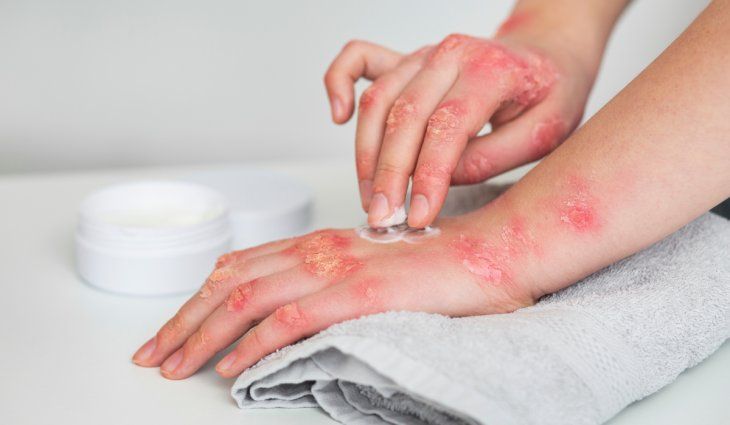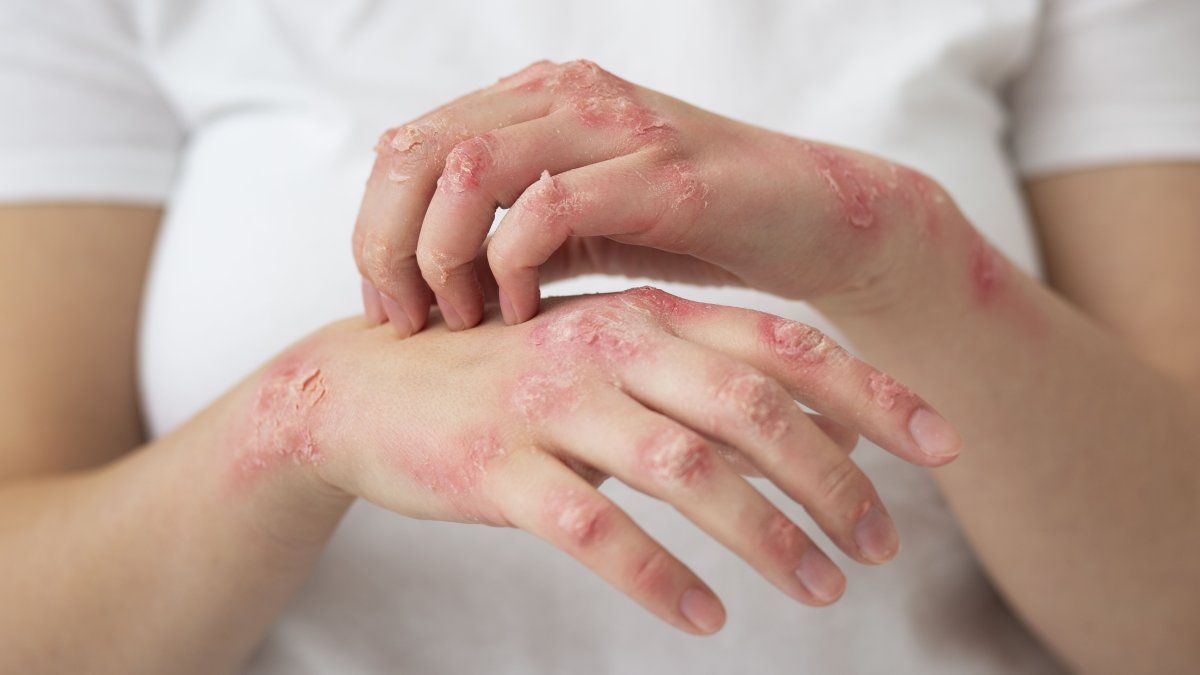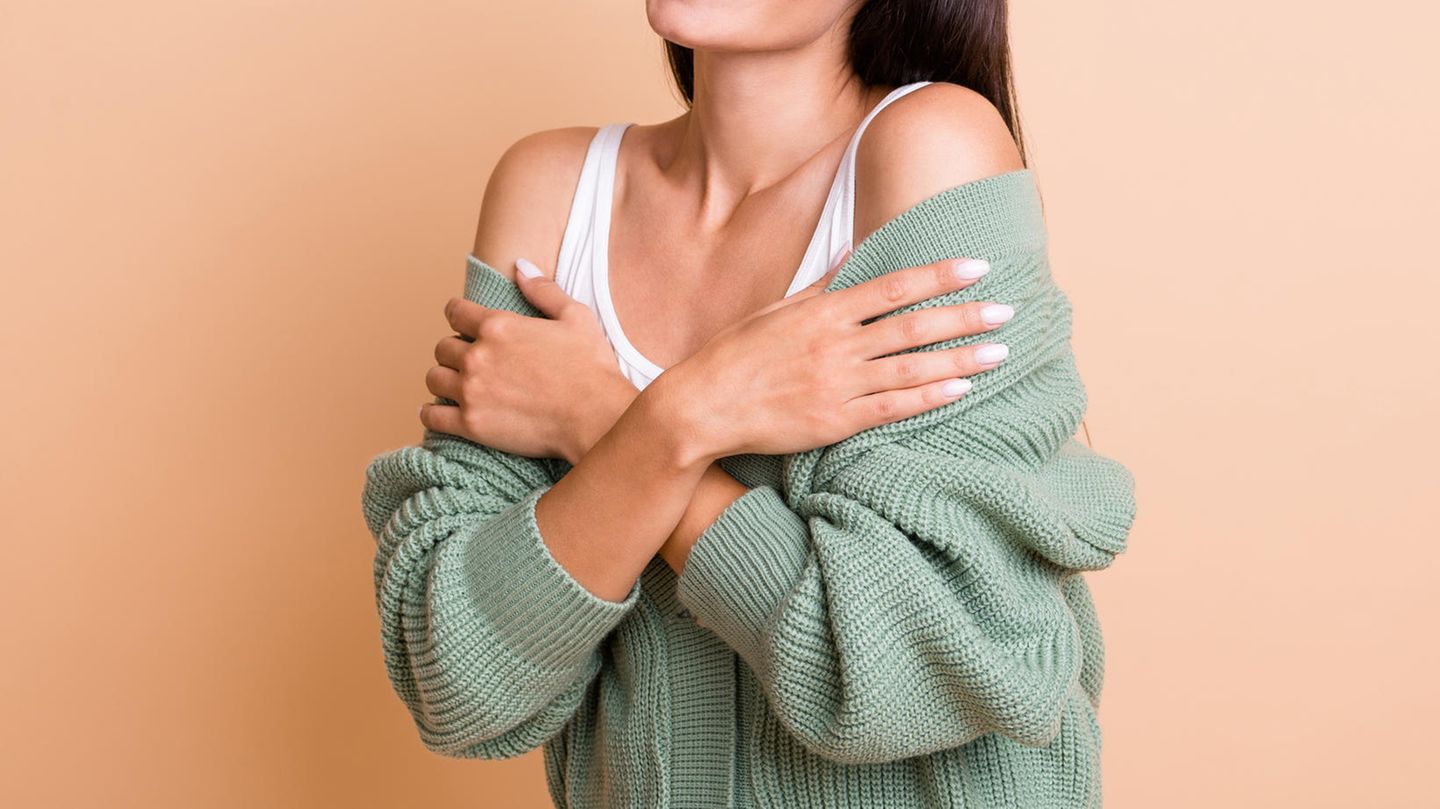This dermatological infection occurs due to the presence of tiny mites that get into the skin. The main means of infection is through direct contact with an infested person.
The human scabies is a parasitic infestation caused by tiny mites that burrow into the skin, where they lay their eggs, causing a itching very intense and rashesas explained by the World Health Organization.
The content you want to access is exclusive to subscribers.
At the same time, scabies can cause skin ulcers and other type of complications serious, such as affecting the heart and kidneys, and such as septicemia, a blood infection.


Although it is an infection that is found in various parts of the world, it is more common in resource-poor tropical areasand is considered one of the most common dermatological diseases. frequent.
scabies.png

Some of the main complications it causes are skin ulcers and a lot of itching.
Scabies can treatdepending on each case, through topical creams or with medications taken orally (5% permrethrin, 0.5% malathion aqueous solution, 10-25% benzyl benzoate emulsion and 5-10% sulfur ointment), as explained by the WHO.
How scabies is spread
Scabies is spread mainly by direct contact with the skin of an infested person and its risk increases depending on the degree of infestation. Some of the examples most common contagion are:
- When living with an infested person or sharing an environment a lot.
- During sexual relations or especially when both bodies are in contact for a long time.
- By sharing clothes, towels or other objects.
Something important to keep in mind is that as there is a period of infestation that does not cause symptomsit may happen that the contagion occurs before the initially infested person begins to manifest them.
What are the main symptoms
The most common thing is that the symptoms of scabies manifest and begin between four and six weeks after infestation. However, the WHO highlighted some signs that can begin to be observed before the first symptoms:
- intense itching that intensifies at night.
- swollen lumps on male genitals and female breasts.
- bumps (papules) and linear grooves with spikes on wrists, fingers, arms, legs and around the waist.
- in infants and children, a more severe rash on the palms of the hands, soles of the feet, and scalp.
Source: Ambito
David William is a talented author who has made a name for himself in the world of writing. He is a professional author who writes on a wide range of topics, from general interest to opinion news. David is currently working as a writer at 24 hours worlds where he brings his unique perspective and in-depth research to his articles, making them both informative and engaging.




